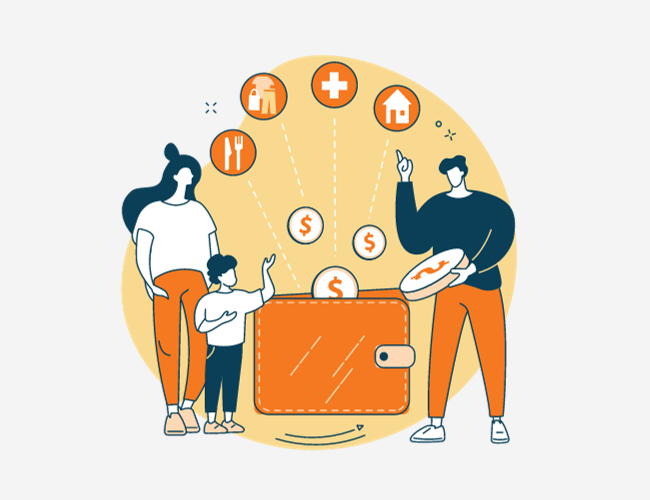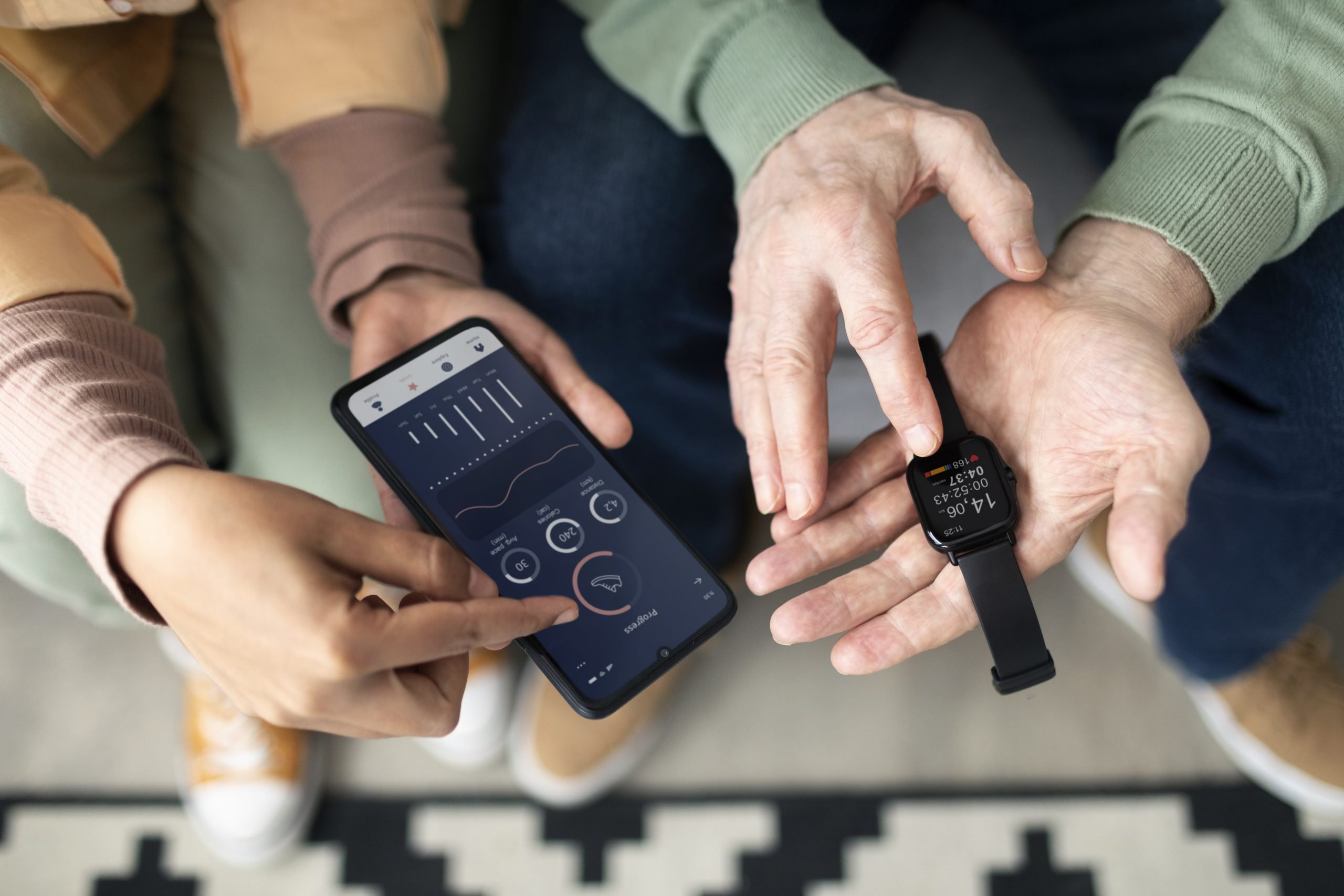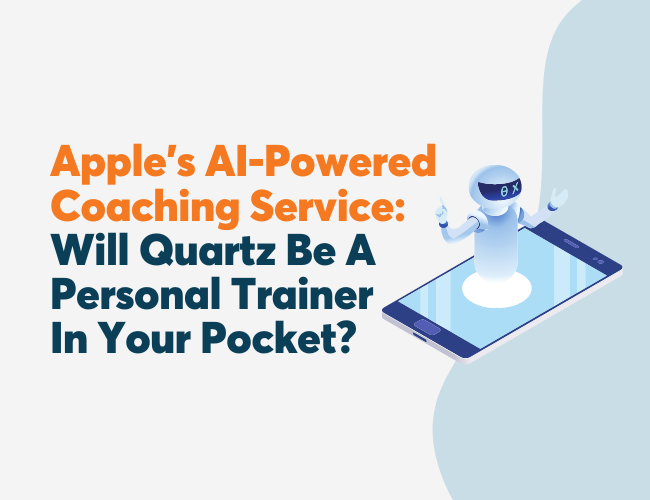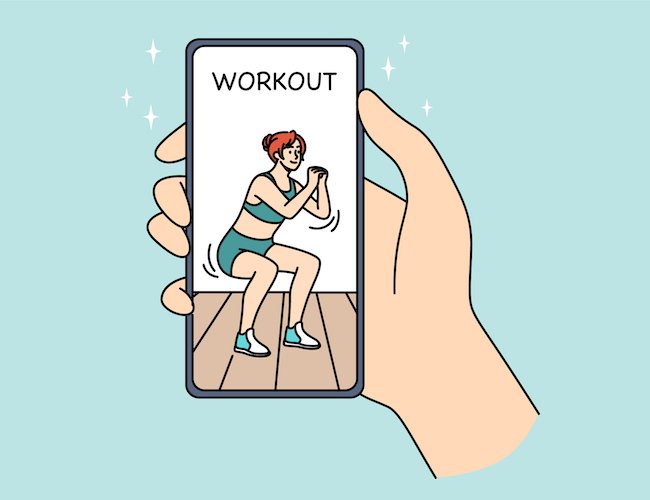Last year, when fitness centers closed down amid the COVID-19 pandemic, many gym-goers were rightly concerned about how their physical health would be negatively impacted. For some, the prospect of working out at home may have seemed daunting without the right equipment and expert instruction and encouragement. Following these closures, the sale of virtual fitness classes, exercise machines, and other at-home workout products thrived. Employers that were once offering gym reimbursements or other on-site wellness benefits pivoted to virtual offerings, including programs with live and on-demand fitness classes. Even with the reopening of gyms in many places, people have continued to enjoy the flexibility and comfort of at-home fitness.
Maybe more surprisingly, virtual fitness programs have also provided users with a sense of community. The routine interactions with group classmates, trainers, staff, and gym regulars left an unexpected gap in people’s social lives once lockdowns, social distancing measures, business closures, and other restrictions began. It is well-documented that loneliness and mental and emotional health issues have skyrocketed since the pandemic began. Social well-being didn’t just suffer because big events and gatherings suddenly ceased to exist—but because so many small, seemingly-insignificant human interactions disappeared from everyday life. Casual conversation and daily routines were upended, leaving even the most independent or anti-social individuals to wonder why they missed being around people that they may have barely even known.
Virtual fitness programming allows its users to build that sense of community, even from afar. Solo, at-home, and self-directed workouts lack this connectedness, as well as the energy and encouragement that comes along with working out as a group. As Kinsey Livingston, Vice President of Partnerships at ClassPass puts it, “COVID-19 altered the way people spend their time… For many people, physical activity and connectedness top the list of our mental health needs, and we are turning to virtual, outdoor and distanced studio workouts as a healthy coping mechanism for pandemic stress.”
Community Builds Confidence, Engagement
Live and on-demand fitness classes that tap into digital connection features make these programs stand apart from simply working out alone at home. While messaging, group videos, and other social interaction features on these platforms might have been underutilized prior to the pandemic, they have become an incredibly valuable component to users now.
Tanysha Reneed, a SoulCycle Instructor on Equinox+, commends the fitness industry’s ability to respond to this need for connection: “It’s been incredible to see the fitness community unite. Whether it’s instructors hosting Zoom workouts to keep the community together or fitness professionals across brands hosting coffee chats and interviews via Instagram live. People are creating challenges and teams and reposting and tagging each other. I think in the end, the fitness family on a whole has found a new way to keep each other motivated and accountable during these unprecedented times.”
With so many people experiencing “pandemic fatigue” and tired by the lack of human connection in their lives, there is a greater willingness to put effort into meaningful connections via virtual and social media tools.
This positive response begs the question: Will this virtual fitness trend continue to remain strong even after the pandemic has subsided? Online classes and home programs have certainly made it more convenient for people to fit in a workout—especially amidst growing childcare needs, remote schooling, and virtual or hybrid work set-ups. On top of this, virtual fitness has encouraged some individuals who did not work out before the pandemic to finally start training, sometimes just to combat the monotony of self-isolation or as a new hobby to look forward to each day. For these people, who may also have been self-conscious about their physical abilities and fitness levels, starting a program in the privacy of home may have been an easier way to engage in exercise.
Most likely, there will continue to be a large number of people willing to engage in virtual fitness over in-person gyms and classes. For employers, this means that virtual options for physical activity will be an important part of wellness programs. When evaluating which fitness solutions and benefits to offer employees, it will be crucial to consider whether or not these apps, tools, and programs provide good opportunities for social interaction and a strong sense of community among users. A stronger social component will make these options more engaging and effective for the employees that use them.












